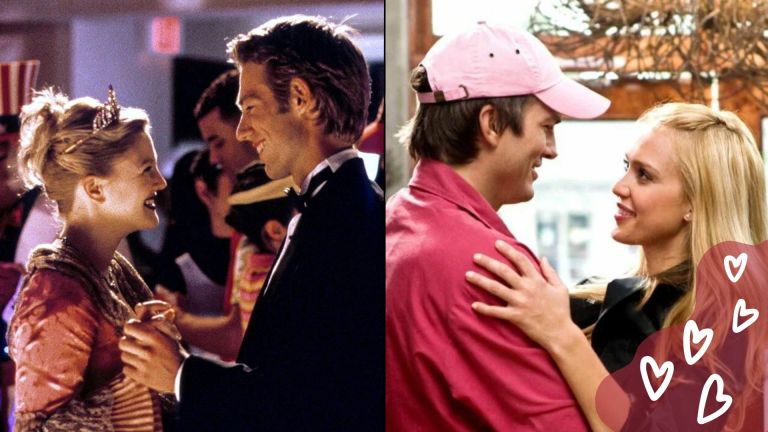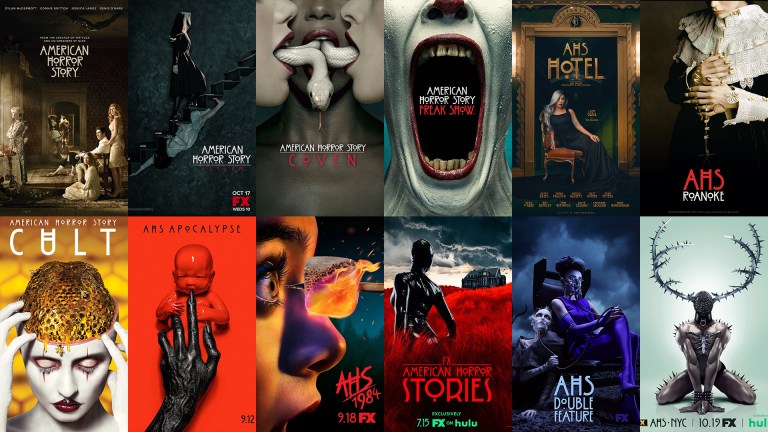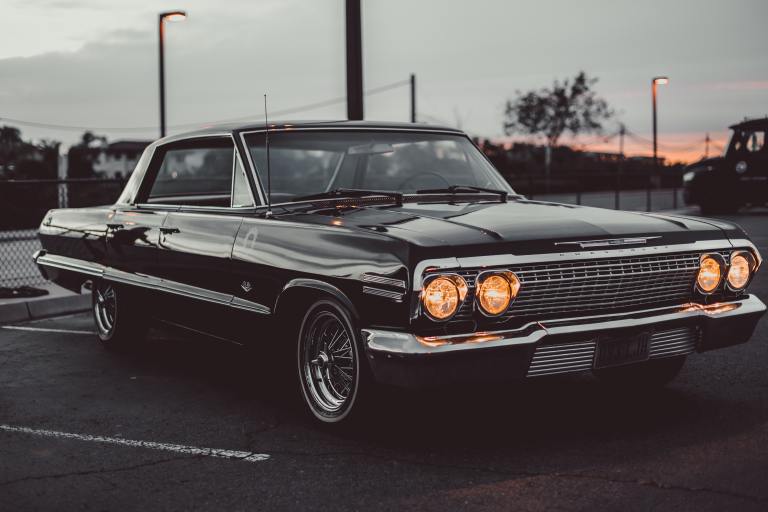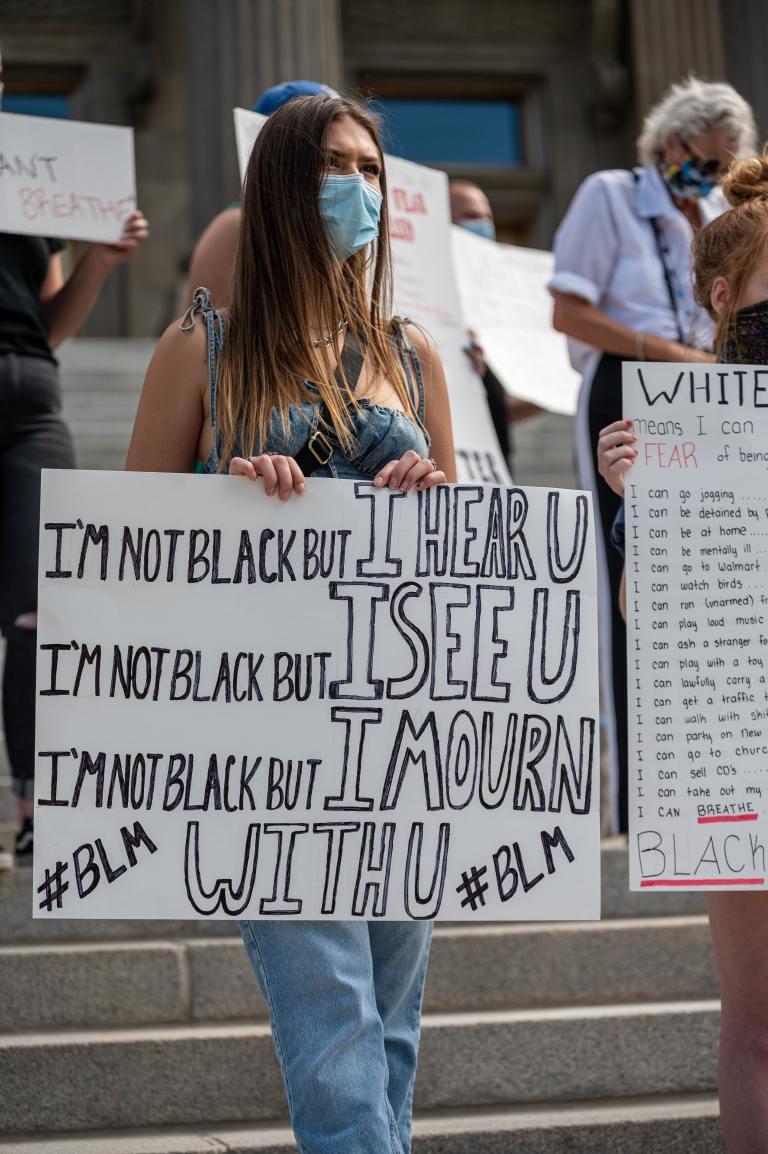When I Saw Michael Sam Kiss His White Boyfriend, I Didn’t Know What To Think
I attribute my initial hesitation to two main things: culture and the portrayal of black couples in Hollywood.
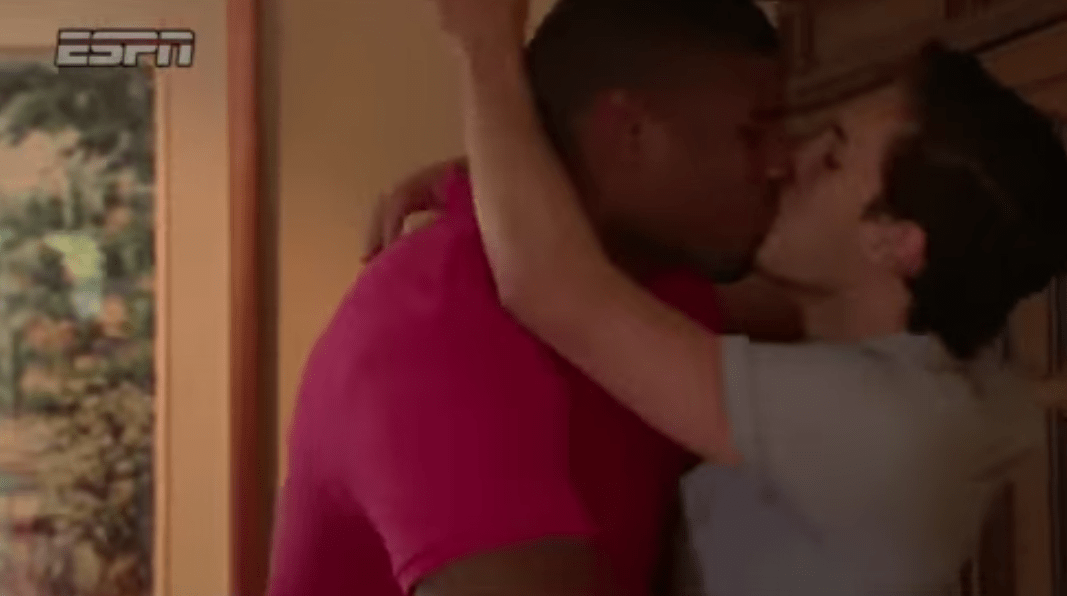
[youtube http://www.youtube.com/watch?v=RKwsqAERmic&w=584&h=390%5D
Mixed emotions. If I’m being completely honest, that is how I felt when I saw Michael Sam kissing his boyfriend. The crazy part of it all is that it’s not the actual kiss that caused me to roll my eyes, but the fact that Michael Sam’s boyfriend is white. Ouch!
It’s disturbing in 2014, and even after all of my years of formal education, that I felt this way initially. I’m still trying to make sense of it all, and I guess that’s why I decided to write this article. Some might call me a racist or homophobic, but what matters most to me is identifying what caused me to feel both excitement and trepidation during this historic moment for the NFL, the LGBT community, and essentially all of America.
I attribute my initial hesitation to two main things: culture and the portrayal of black couples in Hollywood.
It’s one thing to be gay, but to be black and gay is an entirely different taboo. Like many black men, I was taught very early on that I must be strong and masculine—
that for a man to identify as a homosexual means forfeiting his “manhood.” Within the Caribbean culture, for example, gay men are widely perceived as weak, feminine, and immoral. In fact, for many black people in these cultures, a black man who comes out as gay is even undeserving of life. These ideas were instilled in me as a child and reinforced by stories I overheard of how men in Haiti who’d been discovered to be gay had their heads cut off, with a machete as the usual weapon of
choice. So it’s not entirely surprising that when I saw Michael Sam kiss his boyfriend, I flashed back to those childhood stories. I was in a state of disbelief as I watched this six-three, 255-pound, muscular black man kissing another man, crying, looking vulnerable, even weak, but at the same time looking masculine and strong. It challenged everything I had been taught about what it means to be black and gay— and very publicly at that!
Now obviously I wasn’t thinking that Michael Sam deserved to have his head chopped off with a machete for kissing his boyfriend. There comes a point in our lives where we all either accept or reject certain ideologies, and I’ve let go of certain things my culture taught me growing up. Still, that image, that kiss, stirred up
apprehension, feelings of inferiority, and challenged what seemed to be some fundamental beliefs I hold about how black men are supposed to be—ideas that
come not just from my upbringing, but from the other great influence in our lives: popular culture.
Like many young people growing up in this country—particularly minorities—I am in a constant battle having to distinguish between who I am from how I am portrayed in entertainment media. So my initial reaction to the Michael Sam kiss isn’t attributable to my culture alone; it’s also a result of what I’ve been taught about black gay men from their portrayal in film, television, and popular culture.
I have yet to see the portrayal of two black gay male characters on primetime television or on the big screen that are unapologetically in love. Hollywood bombards us with images of white gay couples all the time. For Hollywood, being gay and happy means being white. For example, consider the happy gay white male couple on the hit TV show “Modern Family.” Imagine if instead of being played by Jesse Tyler Ferguson and Eric Stonesheet, two white actors, the roles of Mitchell Pritchett and Cameron Tucker were played by Shemar Moore and Mehcad Brooks. Can you picture it? I’m having a difficult time myself. Instead, I find more films and television shows tiptoeing around the issue of homosexuality in the black community or not showing enough of the happy black gay couples I know of personally.
What I do see portrayed are black gay men who date white men so that they can easily assimilate or be perceived as healthy, non-threatening, and socially
acceptable within the white gay community, and white gay men who date black men because of certain stereotypes about “prowess” and “size.” Hollywood tends to be
more comfortable showing an interracial gay couple because it’s easier for people of color to accept while still being relevant to white gay viewers.
So yes, there was a small part of me that was secretly hoping Michael Sam’s boyfriend was black. Am I wrong for having felt this way? I can only describe my
moments of apprehensiveness as apart of my need for more visible happy gay black couples on our big and small screens. For a brief moment, Michael Sam and his
then unidentified boyfriend represented the first black gay couple that would fill a void in popular culture.
I don’t know Michael Sam or his boyfriend personally, so it’s easy for me (I presume for us all) to judge and make assumptions about their relationship. However, at the end of the day, if Michael Sam and his boyfriend are happily in love with one another, that’s all that matters, people! I now realize that what’s really fascinating about Michael Sam and his boyfriend is that they’ve provided the NFL, the LGBT community, Hollywood, and all of America an opportunity to have an uncomfortable yet necessary conversation about accepting those who look and love differently than us. ![]()

